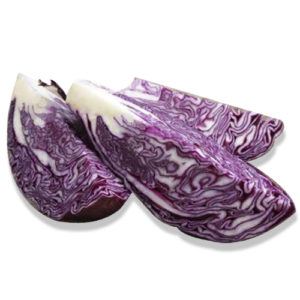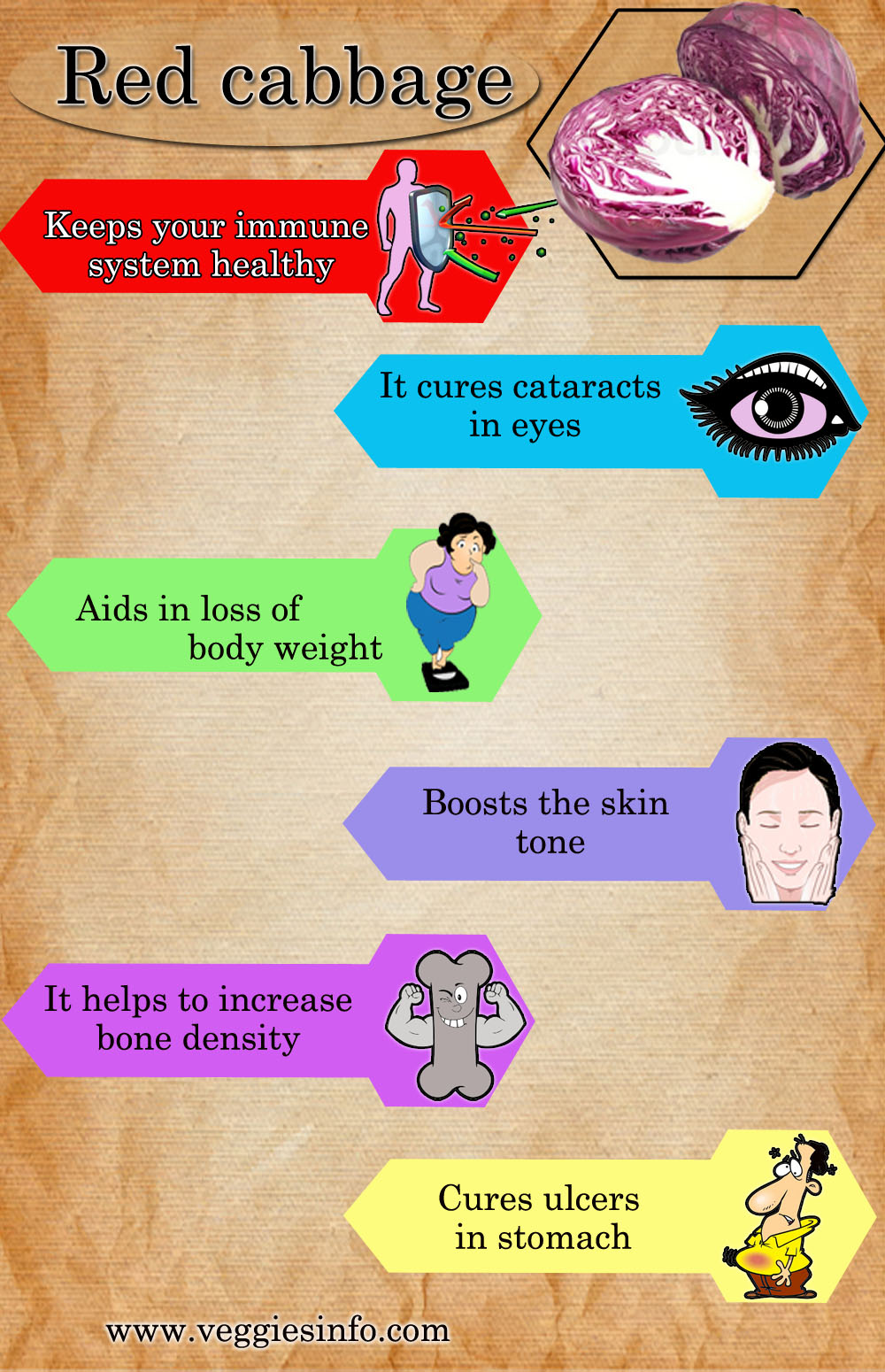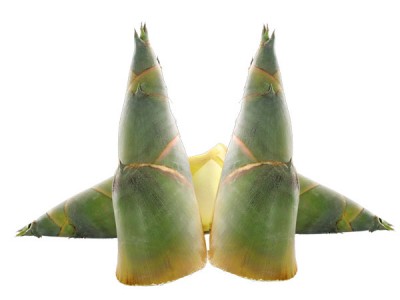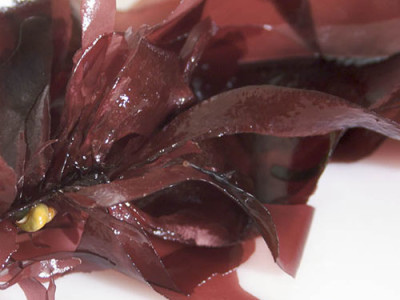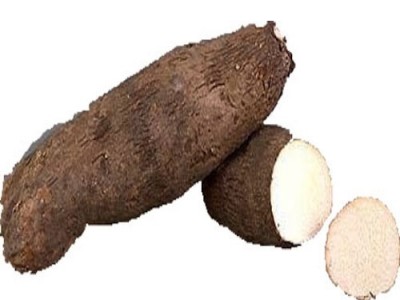
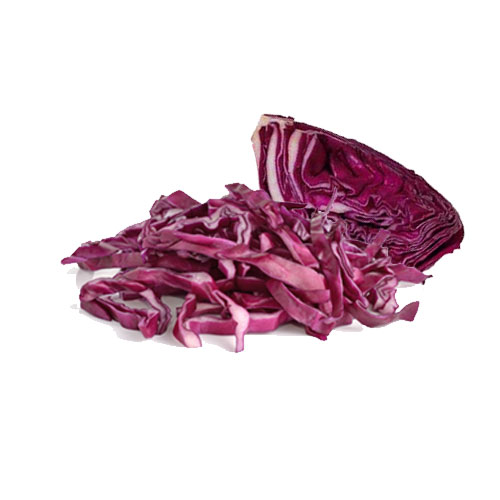
Red Cabbage Growth Cultivation And Its Health Benefits
Red Cabbage And Its Health Benefits
Millions of people in the world suffer from insomnia and other sleeping disorders and looking out for best supplements and other products that have the capacity to end their suffering.
Though there are various sleep enhancing supplements and medicines they always come with side-effects. The people suffering from sleeping problems can place few plants in their room and can improve their sleeping patterns.
Some of the plants that improve the sleeping patterns are Jasmine, Lavender, Snake plant, Aloe Vera, Gardenia and Valerian.
This topic will deal with a plant named red cabbage which comes under the family Brassicaceae. The botanical name of this plant is Brassica olaracea C. Group. The other common names of this plant are purple cabbage, red kraut, or blue kraut.
Growth And Cultivation
-
- The color of the red cabbage leaves is in red or purple.
- The color of the leaves will change according to the condition of the soil.
- The color of the cabbage will be red when the plant grows on acidic soil, purple when it grows in neutral soil and greenish-yellow when it grows alkaline soil.
- It is generally found in Northern Europe, throughout the Americas and in China.
- During the process of cooking the color will turn blue.
- If the people want to retain the red color they have to add vinegar or acidic fruit to the pot.
Origin
Red cabbage originates from Europe, where it has been cultivated since the Middle Ages. It is believed to have been domesticated in the Mediterranean region of Europe, where it was grown by the ancient Greeks and Romans. Red cabbage has been grown in various parts of Europe for centuries, and it has become a popular vegetable in many countries.
| Principle | Nutrient Value | Percentage of RDA |
|---|---|---|
| Energy | 25 kcal | 1% |
| Carbohydrates | 5.8 g | 4% |
| Protein | 1.3 g | 2% |
| Total Fat | 0.1 g | 0.50% |
| Cholesterol | 0 mg | 0% |
| Dietary Fiber | 2.50 mg | 6% |
| Vitamins | ||
| Folates | 53 µg | 13% |
| Niacin | 0.234 mg | 1.50% |
| Pantothenic acid | 0.212 mg | 4% |
| Pyridoxine | 0.124 mg | 10% |
| Riboflavin | 0.040 mg | 3% |
| Thiamin | 0.061 mg | 5% |
| Vitamin A | 98 IU | 3% |
| Vitamin C | 36.6 mg | 61% |
| Vitamin K | 76 µg | 63% |
| Electrolytes | ||
| Sodium | 18 mg | 1% |
| Potassium | 170 mg | 3.50% |
| Minerals | ||
| Calcium | 40 mg | 4% |
| Iron | 0.47 mg | 6% |
| Magnesium | 12 mg | 3% |
| Manganese | 0.160 mg | 7% |
| Phosphorus | 26 mg | 3.50% |
| Zinc | 0.18 mg | 1.50% |
| Phyto-nutrients | ||
| Carotene-α | 33 µg | — |
| Carotene-ß | 42 µg | — |
| Lutein- zeaxanthin | 30 µg | — |
Red Cabbage Health Benefits
- It grows well when the soil is well fertilized.
- This cabbage is rich in energy, carbohydrates and vitamins and minerals.
- It is added as an ingredient in salads, soups and coleslaw.
- It can be consumed after cooking.
- It can be served as an accompaniment to roast goose.
- Red cabbage’s rich in Vitamin A and iron.

